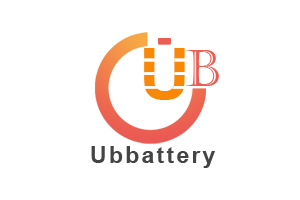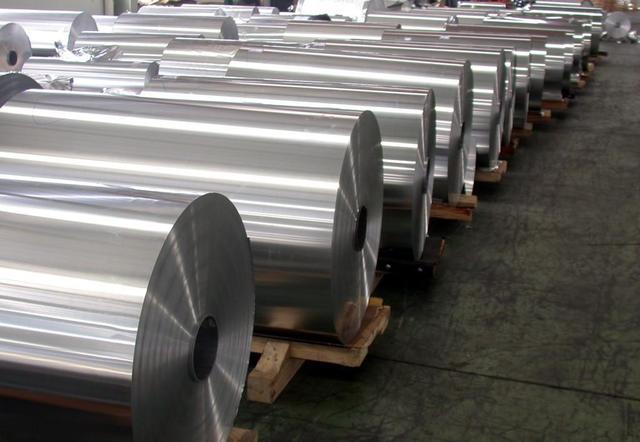Existing players: slow production line construction and production
The new production line has a long cycle, and the supply of imported and domestic equipment is tight. If imported equipment is used to build a new battery foil production line, it will take 2-3 years to purchase the equipment, including 14 months for equipment production, 3 months for shipping and customs, 7-8 months for installation and commissioning, and manual labor after the equipment enters the site. Training requires additional time. If domestic equipment is used to build a new battery foil production line, the equipment purchase and installation cycle can be shortened to about 20 months (equipment production 14 months + commissioning and installation 6 months), but the accuracy of domestic equipment and imported equipment has a certain gap. The production speed and yield rate have a significant impact. Strict accuracy requirements and long production ramp-up cycle. The battery foil needs to be smooth on both sides, 13μm battery foil corresponds to 6μm double zero foil rolling accuracy, 10μm battery foil corresponds to 5μm double zero foil rolling accuracy, 4-5μm is already the thinnest thickness of double zero foil, and personnel training after the production line is completed It will take half a year to a year for production capacity to ramp up
New entrants: strict technical requirements, four factors lead to low cost-effective intervention
Compared with the traditional aluminum foil, the battery foil’s requirements on the pattern and accuracy are greatly improved, and the certification is difficult. The battery foil has requirements for tensile strength, elongation strength, pinhole, trimming, burr, convexity, etc. The leading companies in the industry have more than 10 years of production experience and R&D accumulation. It takes at least 1-2 years for new entrants to try and send samples to customers. Considering the uncertainty of subsequent customer expansion and certification, new entrants have a higher risk of intervention. The certification and volume cycle for downstream customers is too long. From sending samples to making batteries, and then to batch testing, it takes three months for one run-in stage, and the total time for two sample supply
more than half a year. If it is exported to overseas battery manufacturers, the sample supply cycle is longer, and the ramp-up time of production capacity can even be extended to two years. The scale threshold is significant, and the leading first-mover advantage is obvious. The battery foil is in a hard state, and the traditional aluminum foil is in a soft state. The production process is significantly different from that of ordinary aluminum foil. The lubricants and additives need to be replaced, and the production line needs to be prepared independently. An aluminum foil production line in the industry has an annual production capacity of about 0.8-10,000 tons. It is usually matched by three production lines of rough rolling, intermediate rolling and finishing. Each rolling mill is priced at about 50 million yuan. Expensive. In the industry, only Dingsheng New Materials and North China Aluminum, which have a large scale of aluminum foil production, have sufficient equipment reserves. Due to the small number of rolling mill layouts in other aluminum processing plants, it is difficult to find spare capacity for battery foil R&D and production. Currently passed
The traditional consumption aluminum foil industry is also booming in production and sales, and the price has entered a rapid upward cycle. If the production and consumption of foil is cut into battery foil, the corresponding opportunity cost is unbearable. The yield rate is low, and there is a phenomenon of increasing revenue without increasing profits. Battery foil is an emerging product. The new entrants cut into the battery foil as the main conventional product models, and the processing fee is 16,000-17,000 yuan / ton. With rich experience in double-zero foil production, the yield of battery foils for new entrants is still lower than 50%-60%. In contrast, the domestic double-zero foil production process is very mature, mainly concentrated in the high-end field, the processing fee is 10,000-14,000 yuan / ton, and the yield rate is between 85% and 88%. Comprehensive processing fee and yield rate, the profitability of new entrants battery foil is lower than that of traditional consumer aluminum foil


-75x65.jpg)



